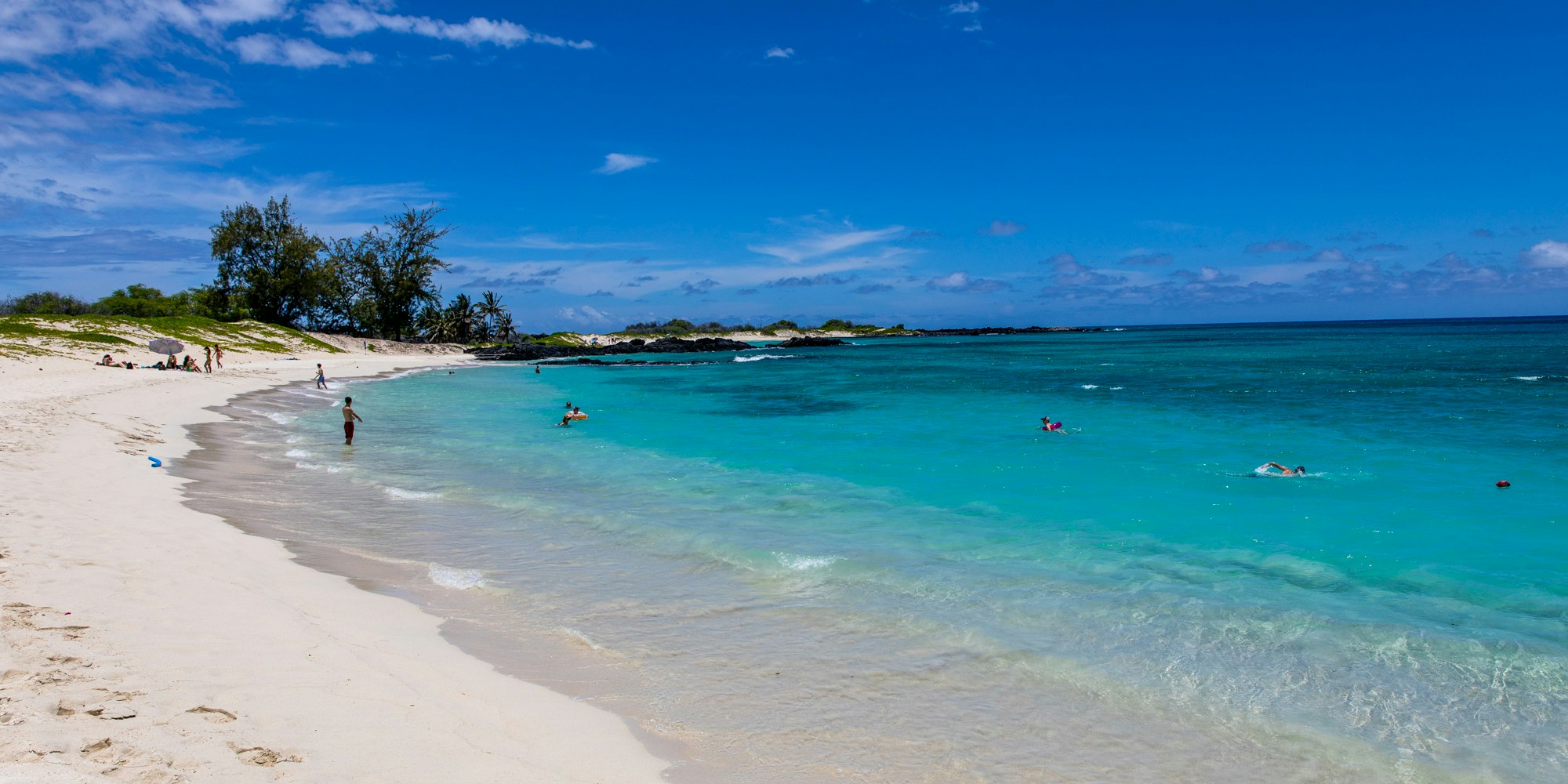Keep in mind that this is a recommendation and you should factor in your personal preferences and habits when it comes to items like socks, underwear, bathing suits, etc. We recommend packing light; clothes can be worn multiple times throughout the program. Sun protection will be extremely important!
Most importantly, each student will need to be able to carry their luggage. Throughout the program, you will be moving your bag through the airport, loading and unloading from the cars, up and down stairs, and short distances across uneven terrain.
Travel light. Pack only the essentials. You’ll need less than you think!
Consider no checked bag. We strongly recommend that you consider packing only a carry-on size bag. This prevents your luggage getting lost or separated from you, keeps your bag manageable, and helps you be more mobile on your travel day.
Bring the right clothes. Pack clothes that are acceptable for service projects. This includes appropriate footwear.
Leave your valuables behind. While traveling, it’s easier for things to get lost, stolen, or damaged. Keep any prized possessions safe at home.
Check with TSA. Make sure your luggage complies with TSA regulations, especially your carry-on. Useful tip: Pack an empty water bottle and fill it up after security.
Extra paperwork? If you need additional forms filled out to get credit for your service hours, no problem! Bring these forms with you so they can be completed in-country.




